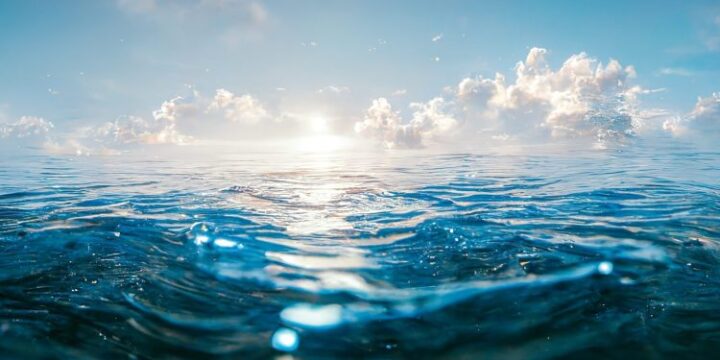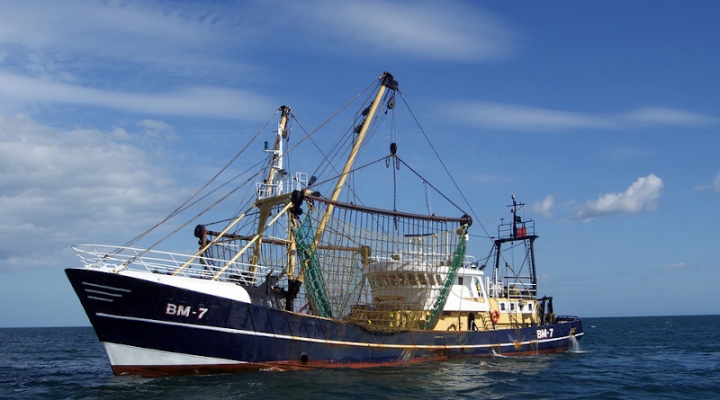June 19, 2025

Greenpeace Middle East and North Africa (MENA) has warned of a potential environmental disaster after two crude oil tankers, Adalynn and Front Eagle, collided in the Gulf of Oman near the Strait of Hormuz.
According to Greenpeace, satellite imagery indicates a large plume of oil stretching up to around 1500 hectares from the site of the crash between two vessels, Adalynn and Front Eagle in the Gulf of Oman, approximately 22 nautical miles east of Khor Fakkan, near the Strait of Hormuz.
As stated, the 23-year-old Adalynn is part of the so-called Russian ‘shadow fleet’, a collection of partially obsolete tankers that operate below basic security standards and carry Russian oil, though its current cargo is unknown. Analysis of the Adalynn’s current 9.3-metre draught suggests it may be carrying approximately 70,000 tons of crude oil despite being officially listed in ballast condition.
This is just one of many dangerous incidents to take place in the past years. The causes differ, but the result is often the same: oil spills endanger marine life, disrupt delicate ecological balances and possibly the entire food web, and carry the potential to spark widespread environmental damage that extends far beyond the immediate area.
…said Farah Al Hattab, Campaigner, Greenpeace Middle East and North Africa.
The UAE Ministry of Energy stated that the collision between the two tankers resulted in limited surface damage to the outer structure of both vessels, and a fire broke out in the fuel tank of one of them, which was extinguished. No injuries were reported among the crew members, according to the Ministry.
Greenpeace MENA urges all concerned authorities to act swiftly to contain the spill and assess its ecological impact. We call on shipping companies, governments, and oil industry actors to commit to full transparency regarding environmental consequences of oil spills and the measures being taken for cleanup.
…said Farah Al Hattab.

